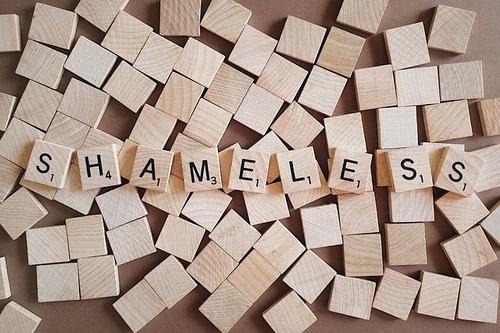I attended yet another writer’s convention about a week ago, and I am still exhausted. Conventions are hard work! I talked up other writers, discussed my books, spoke on a panel, shared little plastic glasses of sparkling wine I had brought with me, and ate saugies in the quad at night. This con was held at a university. Saugies are delicious hot dogs found in Rhode Island. They are not your average hot dog and they are a fixture at this particular convention.
I did all this while being an introvert.
Writing is an odd profession for an introvert. On the one hand, it’s a very isolating vocation. A writer spends hours, days, months alone in front of a computer (or typewriter, or notebook) clacking away while creating new worlds. You live inside your head. It’s a very comfortable space to be in if being around people normally gives you the hives.
On the other hand, writers these days must self-promote if they want to make a real go of things. Most writers I’ve spoken to are introverts, yet they are required to read excerpts in public in front of people. Crowds! Panic may easily set in. Then they are expected to sell books at tables at conventions, all the while talking up the people who stop by in the hope that they will buy your books. Talking up strangers! Panic may easily set in. They socialize at parties even if they suffer from crippling social anxiety. Your mouth turns to dust while you stand there trying to figure out what would make a good start to a conversation, hoping you don’t sound like a blithering idiot; especially when you’re either talking to someone you haven’t seen in months or someone you know only through Facebook.
It’s not easy.
I like having an ice breaker, and lugging around a bottle of bubbly asking people if they’d like some is a great way to open a conversation. Last year, my husband and I brought homemade limoncello and we used it to talk people up. When folks heard “homemade limoncello” their eyes went wide and they said, “Oooh, I’d love some!”. Then I asked them how their latest book was coming along. That’s an easy question since writers like to talk about their work. Most people like to talk about themselves. I’m a good listener, too, which helps me when I suddenly clam up and I have nothing to say especially about myself.
The on and off nature of socializing when you’re a writer can be very off-putting and exhausting. Being an introvert, I needed time to decompress. I did that by returning to my room and taking a nap or surfing the web. I had a glass of wine. Relaxed a bit. Once I felt replenished, I returned to the con to socialize some more. It wasn’t that hard once I got my lips working to form a few coherent words.
Little voices ran through my head, saying things like, “I don’t feel like talking to anyone. I want to hole up in my room and never come out.” Those voices were wrong. I did feel like chatting up people. If I stayed in my room for a long period of time I’d get bored. My husband was with me and that helped. He’s more gregarious than me. We approached people we knew together and when they smiled and their faces lit up that was enough to bring me out of my shell. Sometimes they were in a crowd of people I didn’t know so introductions were made. Sparkling wine was passed around. We made new friends.
Although I always feel alarm before attending a convention, book reading, or publishing event, once I get there and chat up a few people, I calm down. I actually have fun! That’s the key above all for me – it is fun to be around people. In small doses. But I have a great time and it’s good to touch base. Then I can return home, inspired by my convention experience, and write refreshed.
Then I wait for anxiety to set in for the next public event. Rinse and repeat. But in the end it always turns out well.
———
Elizabeth Black writes in a wide variety of genres including erotica, erotic romance, horror, and dark fiction. She lives on the Massachusetts coast with her husband, son, and her two cats.
Web site: http://elizabethablack.blogspot.com
Facebook:https://www.facebook.com/elizabethablack
Twitter:http://twitter.com/ElizabethABlack
Amazon Author Page: https://www.amazon.com/author/elizabethblack
Newsletter: http://eepurl.com/b76GWD





